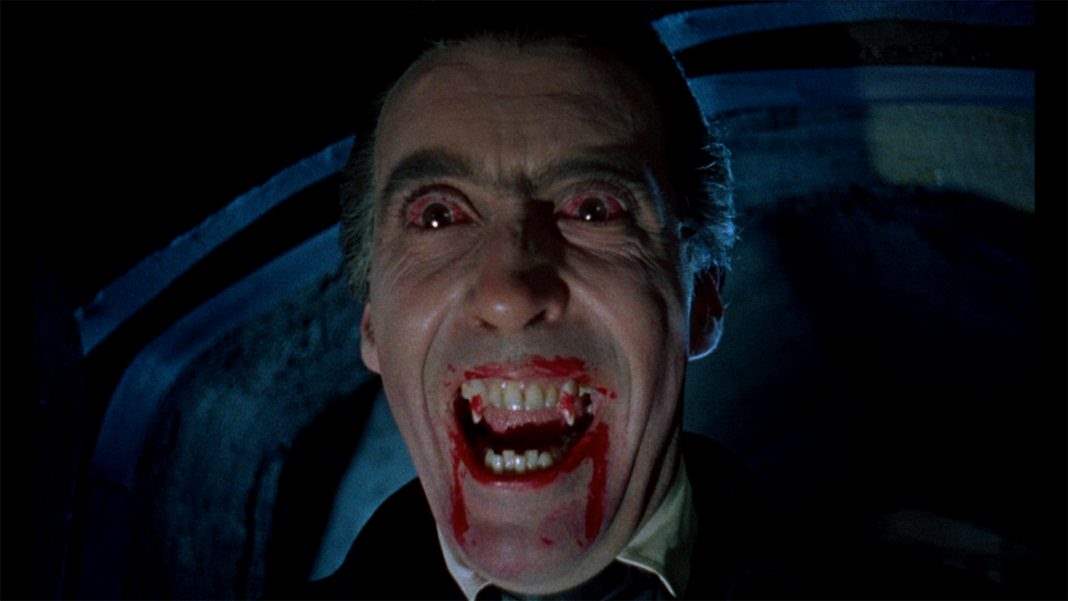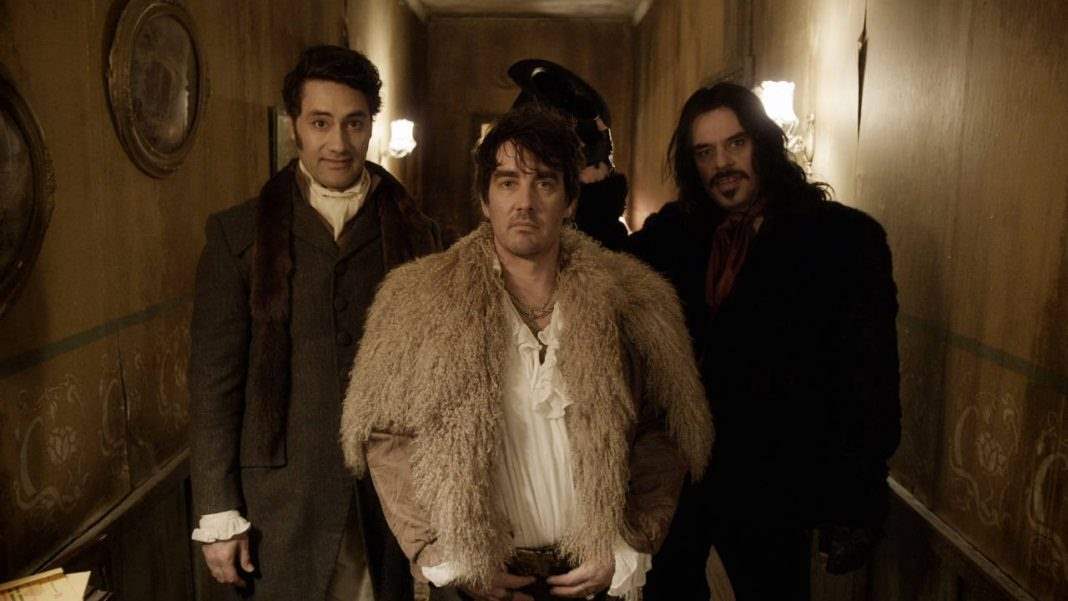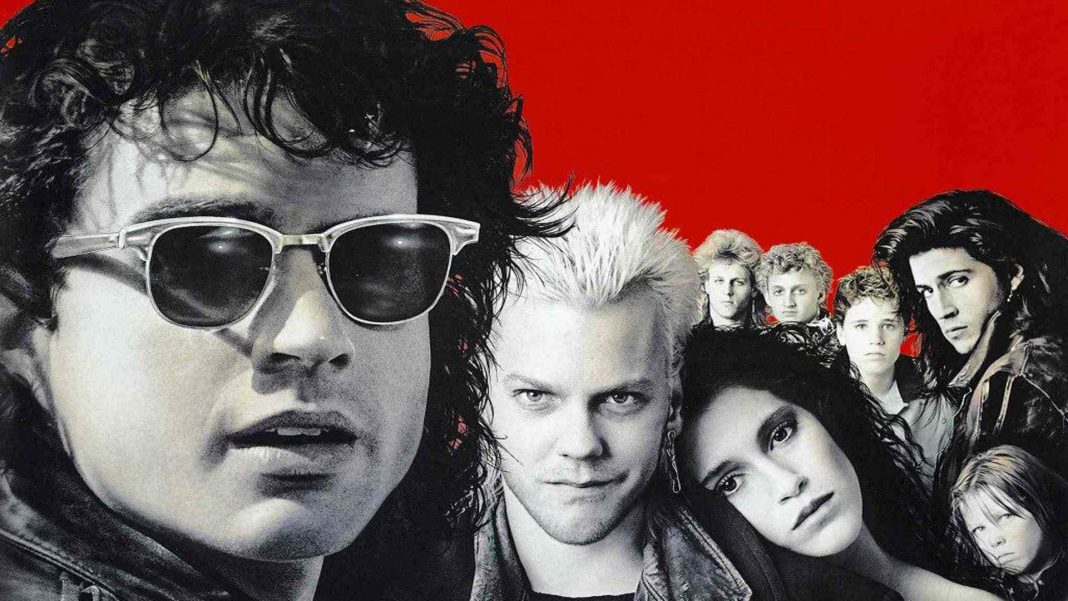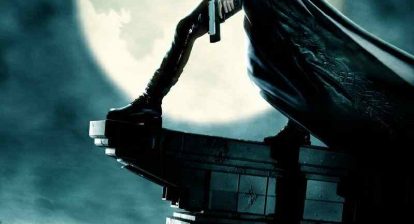Universal’s Dracula was an enormous hit and has become one of the most iconic horror films of all time. It accomplished so much with so little, hinging entirely on the performances its actors and the lavish production design. In fact, Universal’s Dracula may very well be the most iconic vampire movie of all time. Bela Lugosi’s appearance as the Count is to this day what most people think of when they think of the vampire. But for all that Tod Browning’s Dracula is considered a classic, the same cannot be said for the franchise that followed it. It was not awarded the same kind of high quality, direct sequels that Frankenstein had.
Instead, Dracula was first followed by Dracula’s Daughter, which is a perfectly fine movie on its own, but not a terribly straightforward sequel as it does not see the return of Dracula himself. Afraid of being typecast, Lugosi elected not to return. Instead, only the character of Van Helsing—again played by Edward Van Sloan—would carry over into the sequel. The same move would later be adopted by the Hammer franchise—but we’ll get to that.
Dracula’s Daughter is an enjoyable, interesting vampire movie, but is really only a sequel in name only. It was followed by Son of Dracula, which did see the Count return, despite its title. Only this time, he would be played by an unenthusiastic Lon Chaney, Jr.
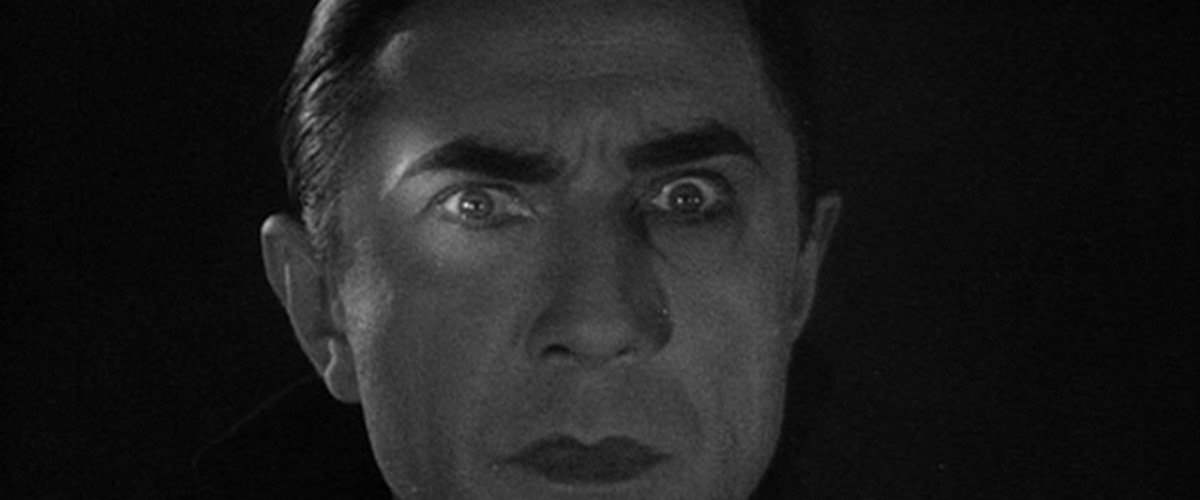
Other than Browning’s original, the only Universal Dracula that stands out is the Spanish language version that was shot on the same sets, a version which many consider to be superior to the American picture.
The 1950s saw a rising interest in atomic age, science fiction horrors. The Count and his unholy brethren were almost forgotten until they were dusted off by Hammer Films in 1958 with the release of Horror of Dracula—a movie that effectively kicked off a new (and superior) franchise.
 Starring Peter Cushing and Christopher Lee, Horror of Dracula—or simply Dracula, as it is known in the UK—took as many liberties with the source material as the Universal film had, if not more. But it was a vibrant, exciting movie that was dynamic and action packed. It was everything that the Universal production was not. It introduced us, more importantly, to an entirely new portrayal of the Count.
Starring Peter Cushing and Christopher Lee, Horror of Dracula—or simply Dracula, as it is known in the UK—took as many liberties with the source material as the Universal film had, if not more. But it was a vibrant, exciting movie that was dynamic and action packed. It was everything that the Universal production was not. It introduced us, more importantly, to an entirely new portrayal of the Count.
This Dracula had charm, had elegance, but was truly and remorselessly evil. People were enamored by Christopher Lee’s portrayal of the vampire, and they also gravitated toward Peter Cushing’s heroic portrayal of Van Helsing. This new Van Helsing was assured, professorial but by no means afraid to take action. He was, in essence, the Sherlock Holmes of the supernatural.
It’s not much of a surprise, then, that the sequel would see Cushing return in his own solo adventure. In many ways, Brides of Dracula might be the best of Hammer’s follow-ups. It has atmosphere, style and some truly excellent Van Helsing moments. Most notably, a scene in which Van Helsing is bitten and is forced to cauterize his own wound.
 But fans, of course, wanted to see Dracula in their Dracula movies. Christopher Lee would make his return to the role with the second sequel, Dracula: Prince of Darkness. But this time things would be a little different: The Count would not utter a single line of dialogue. Truth be told, I found this an interesting approach, even if the reason behind Dracula’s silence was only because Lee hated the dialogue and refused to speak a word of it. Even still, it allows Dracula to be menacing with only so much as a stare.
But fans, of course, wanted to see Dracula in their Dracula movies. Christopher Lee would make his return to the role with the second sequel, Dracula: Prince of Darkness. But this time things would be a little different: The Count would not utter a single line of dialogue. Truth be told, I found this an interesting approach, even if the reason behind Dracula’s silence was only because Lee hated the dialogue and refused to speak a word of it. Even still, it allows Dracula to be menacing with only so much as a stare.
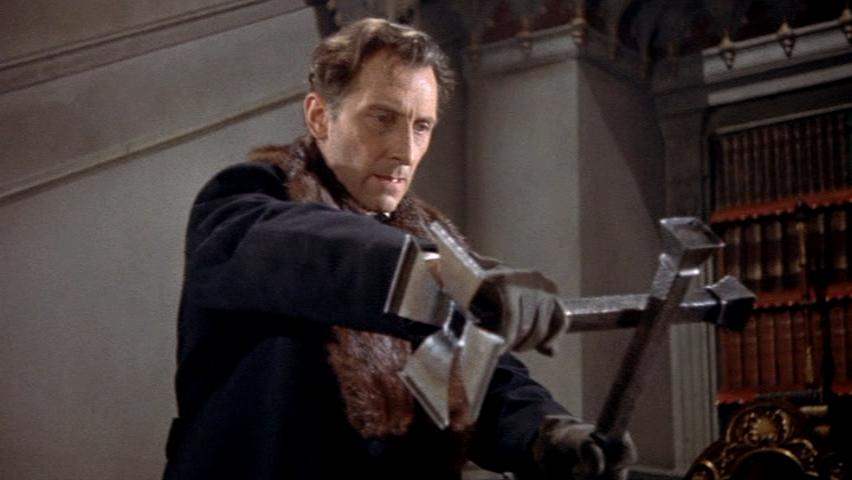
After that came Dracula Has Risen from the Grave, Scars of Dracula and Taste the Blood of Dracula before ushering the vampire into modern times with Dracula A.D. 1972 and Satanic Rites of Dracula. Christopher Lee returned to play Dracula in every one of these sequels. Add to this his appearances in features like Jess Franco’s Count Dracula and In Search of Dracula and Lee still holds the honor of portraying the character on screen more times than any other actor.
Ultimately, what makes the Hammer franchise so much better is consistency. It was a series of legitimate sequels, most of them picking up where the last one left off, with the obvious exception of Brides. With the same actor portraying Dracula each time. Every time, Christopher Lee turned in an amazing and commanding performance. For many fans, after countless adaptations, Christopher Lee’s Dracula remains the definitive take on the character.
